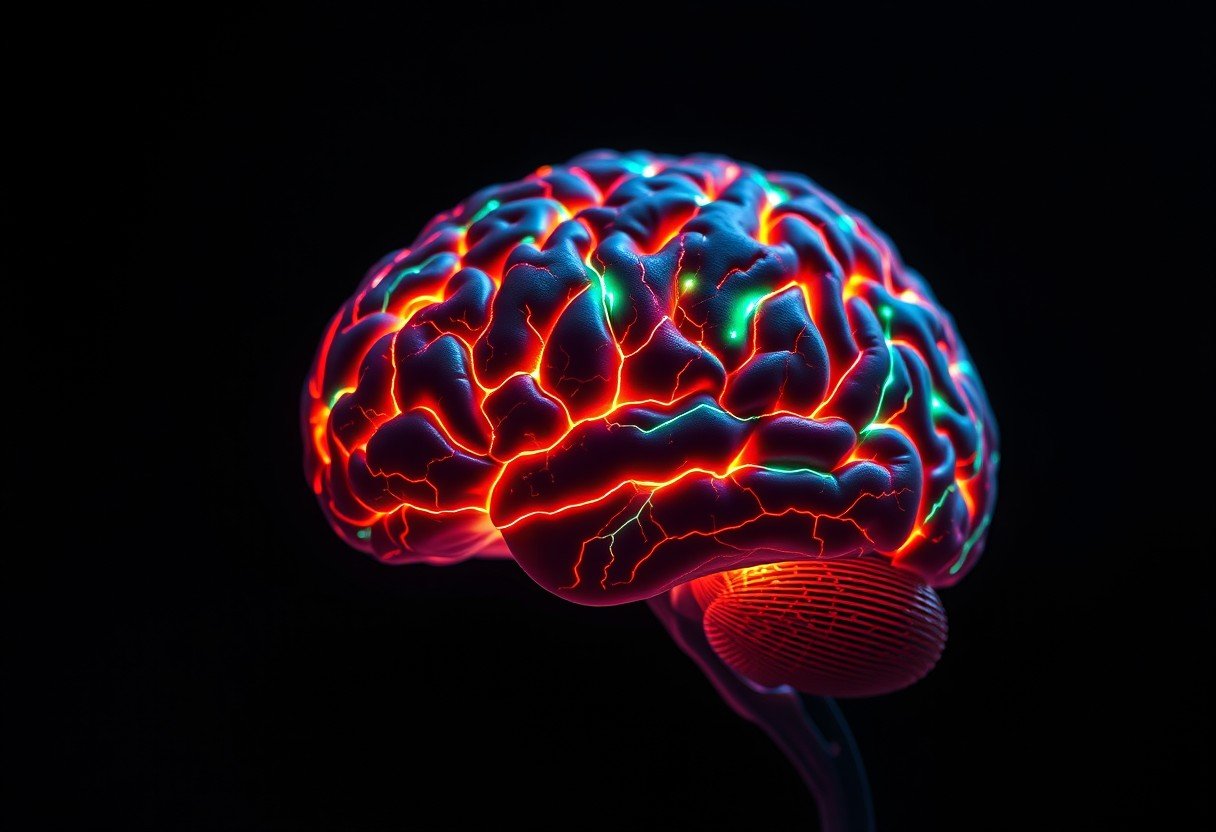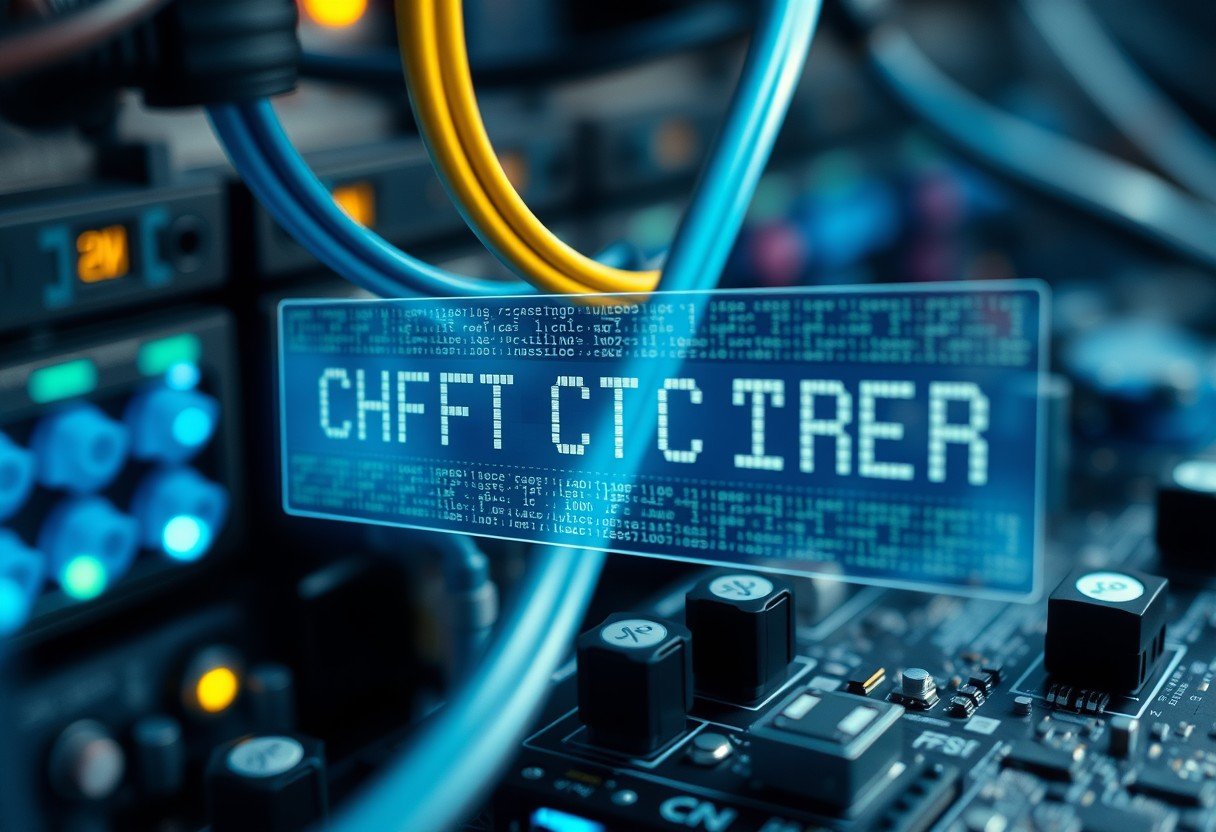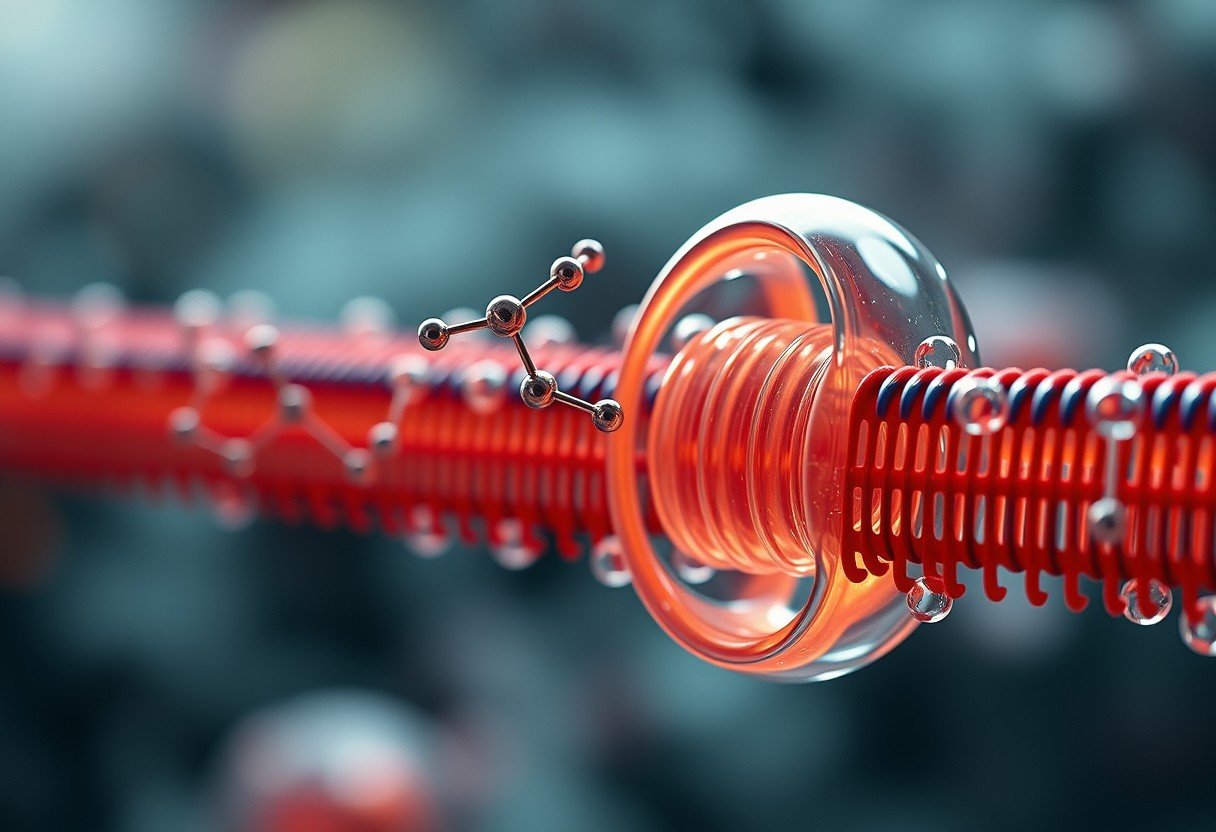Have you ever wondered which part of your brain acts as the main control center, making big decisions and managing your daily actions? This “executive suite” is known as the prefrontal cortex. Located at the very front of your brain, it orchestrates high-level thinking, planning, and social behavior, essentially acting as the CEO of your mind. Understanding its role is key to unlocking your full cognitive potential and improving your mental performance.
What is the Brain’s Executive Suite?
The “executive suite” is a term for the prefrontal cortex, a section of the brain located in the frontal lobe. Think of it as the central command hub that oversees and manages a vast range of your mental processes.
This area is responsible for what scientists call executive functions. These are not basic tasks like breathing but complex skills that allow you to set goals, make plans, and carry them out effectively. It helps you navigate the complexities of life, from solving a tough problem at work to deciding what to eat for dinner.
The prefrontal cortex is the brain’s primary control center for high-level cognitive tasks. Its development continues into your mid-20s, which is why decision-making skills often improve as you move from adolescence into adulthood. This region integrates information from other parts of the brain to create a cohesive plan of action.
Key Functions of the Prefrontal Cortex
The prefrontal cortex isn’t just one single unit; it’s a collection of interconnected areas that handle several critical jobs. These functions work together to help you regulate your behavior and achieve your long-term goals.
Its primary responsibilities are what separate human cognition from that of many other animals. These abilities allow for complex social structures, innovation, and personal growth.
Some of the most important functions managed by the prefrontal cortex include:
- Decision Making: It weighs the pros and cons of a situation, considers potential outcomes, and helps you make informed choices that align with your values.
- Impulse Control: This function helps you resist temptations and think before you act. It’s what stops you from saying something inappropriate or making a rash decision.
- Working Memory: It holds and manipulates information in your mind for short periods, which is essential for tasks like following multi-step instructions or doing mental math.
- Social Behavior: The prefrontal cortex helps you understand social cues, empathize with others, and regulate your emotional responses in social settings.
By mastering these functions, you can better manage your daily life, build stronger relationships, and work more efficiently toward what you want to achieve.
How the Prefrontal Cortex Works with Other Brain Parts
The prefrontal cortex does not work alone. Its power comes from its extensive connections to almost every other region of the brain. It acts like a conductor of an orchestra, ensuring all the different sections work together in harmony.
This constant communication allows it to gather information, process it, and send out commands. For example, it gets emotional input from one area and sensory data from another to make a well-rounded decision.
The collaboration between the prefrontal cortex and other regions is essential for balanced behavior and thought. Two of its most critical partnerships are with the limbic system and the parietal lobe.
Here is a simple breakdown of these interactions:
| Interacting Brain Region | Primary Role of Interaction |
|---|---|
| Limbic System | Regulates emotions and helps integrate feelings into decision-making. |
| Parietal Lobe | Processes sensory information and spatial awareness to guide actions. |
What Happens When the Executive Suite Fails?
When the prefrontal cortex is damaged or not functioning correctly, it can cause significant challenges in a person’s life. This dysfunction can impact everything from behavior and personality to the ability to perform simple daily tasks.
Problems in this brain region can lead to poor impulse control, difficulty focusing, and trouble with planning and organization. Individuals might act impulsively or struggle to adapt to new situations because their brain’s “CEO” isn’t providing clear direction.
Furthermore, dysfunction in the prefrontal cortex is linked to several neurological and mental health conditions. Understanding this connection is crucial for diagnosing and treating these disorders effectively. For instance, conditions like ADHD often involve challenges with executive functions managed by this area. Similarly, research shows that impaired prefrontal activity is a factor in schizophrenia and major depressive disorder, affecting cognitive clarity and emotional regulation.
A Look Inside Through Modern Science
Neuroscience has made incredible leaps in helping us understand the brain’s executive suite. Thanks to modern technology, scientists can now observe the prefrontal cortex in action, revealing how it coordinates complex thoughts and behaviors.
Advanced brain imaging techniques like functional MRI (fMRI) and PET scans allow researchers to see which parts of the prefrontal cortex activate when a person is making a decision, solving a problem, or controlling an impulse. These tools provide a real-time map of brain activity, showing how different areas collaborate.
This research has confirmed that the prefrontal cortex is a highly interconnected hub. Recent studies have even identified specific neural circuits that support different executive functions. This growing body of knowledge not only deepens our understanding of the brain but also opens doors to new treatments for conditions related to prefrontal cortex dysfunction.
Frequently Asked Questions
What is the main job of the prefrontal cortex?
The main job of the prefrontal cortex is to manage high-level executive functions. This includes planning for the future, making complex decisions, controlling impulses, and regulating social behavior.
How does the prefrontal cortex affect personality?
It plays a huge role in personality by shaping how you respond to situations, control your emotions, and interact with others. Damage to this area can lead to dramatic changes in personality, such as increased impulsivity or a lack of social awareness.
What are the signs of prefrontal cortex damage?
Signs of damage can include difficulty concentrating, poor decision-making, problems with short-term memory, and inappropriate social behavior. A person might also struggle with organizing tasks or controlling their anger and other emotions.
Does the prefrontal cortex control emotions?
While the limbic system is the primary center for emotions, the prefrontal cortex helps regulate them. It allows you to manage your emotional responses, preventing you from acting purely on impulse and enabling thoughtful reactions.
Can you improve your executive functions?
Yes, you can strengthen your executive functions. Activities like mindfulness meditation, strategic games like chess, learning a new skill, and physical exercise can help enhance the neural networks in your prefrontal cortex.









Leave a Comment